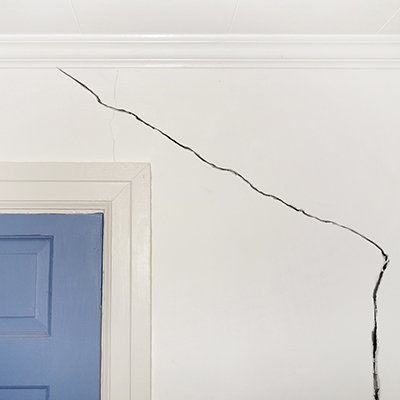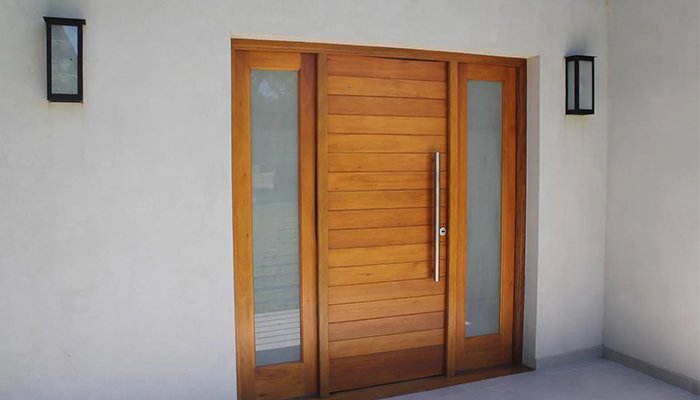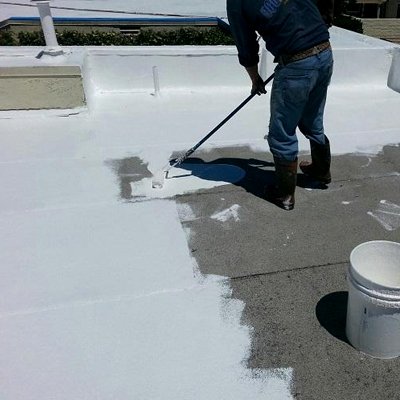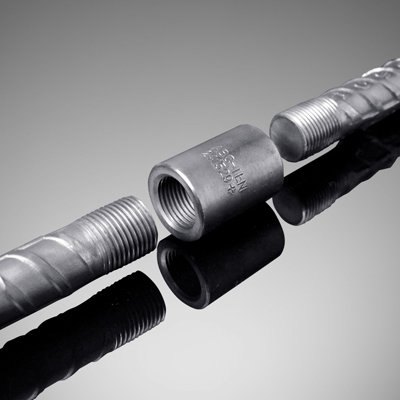CRACKS IN BUILDINGS
2. CRACKS IN BUILDINGS

If a structure is unable to accommodate any movement caused by defects, ground foundation failure or decay in building fabric is converted into cracks. If cracks left untreated they can affect the integrity, safety and stability of the structure and they look visually unattractive.
Causes of Cracks:
- Ground movement (beneath foundations) caused by clay shrinkage, landslip, vibration, settlement, heave, sway, etc.
- Foundation failure due to the decay of soft clay brick, concrete erosion due to chemical contaminants, etc.
- Decay of the building fabric, due to woodworm, rust, and so on.
- Moisture movement that causes materials to expand or contract, perhaps due to the presence of vegetation or faulty or damaged drains.
- Thermal movement that causes materials to expand or contract as temperature increases or decreases.
- Inherent defects in old structures.
- Faulty or damaged drains.
- Suspended structures such as floors that deform under load.
- Tree root growth.
Types of cracks:
- Hairline cracks: These cracks are common in buildings, particularly in plaster & concrete. These cracks are prone to shrink and is very sensitive to movement.

- Stepped cracks: Stepped cracks are tend to follow the lines of horizontal and vertical joints in buildings, such as beds of mortar between bricks or blocks and may indicate structural movement.
- Vertical cracks: Vertical cracks may indicate that structural components such as bricks or blocks have failed and so can be a sign of significant stresses within the building structure.

- Horizontal Cracks: Horizontal cracks may indicate that an element such as a wall is failing and this may present a safety concern.

- Aligned Cracks: Cracks that are wider at the top or at the bottom may indicate that there has been foundation movement, with the direction of the widening giving an indication of the likely direction of the movement.

- Cracks at junction of RCC & Masonry: These type of cracks can be horizontal or vertical at the junction of RCC member (Column & Beam) & Masonry and occurs few months after construction due to elastic deformation, shrinkage and creep in RCC member

Repairing of Cracks:
- Routing and Sealing: Routing and sealing the cracks is a much more common and a much simpler method to repair cracks. This can be only used in cases where only remedial crack repairing is required and structural repairs are not needed. This method simply involves enlarging the cracks on the surface and then filling and sealing it with a joint sealant. It is important to take care of the width to depth aspect ratio when sealing the joint so that there is enough room left for the movement.
- Stitching the Cracks: The stitching method is a simple and long lasting method of repairing of cracked building. Under this procedure, holes are drilled to make entry and exit points across the cracked surface. A number of U-shaped metallic staples are then passed through the holes and anchored strongly in the holes with a grout or an epoxy based system.
- Epoxy Injections: Epoxy injections are used to fill the cracks that are as narrow as 0.05 millimeters. Under this method, the cracks on exposed surfaces are sealed injecting epoxy under the concrete. However, it is important to find and fix the root cause of cracks before injecting the epoxy into the cracks otherwise the cracks will keep on emerging again and again. Problems such as leakages and silt contamination damage the efficiency of epoxy, therefore it is recommended to fix these issues before injecting the epoxy in order to make it last longer. This method of crack repairing requires a lot of tact and skillful execution so you need to be sure that the person executing the repairs knows his work.
- Drilling and Plugging: If you need to repair vertical cracks that run in straight lines, this is a good method for its cost-effective and less time-consuming. Under this method, vertical holes are drilled in the cracks and a key is formed by passing down a grout. The grout key helps in preventing leakages and the consequent loss of soil from the walls.





